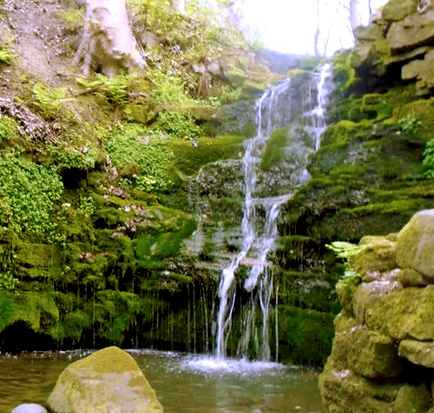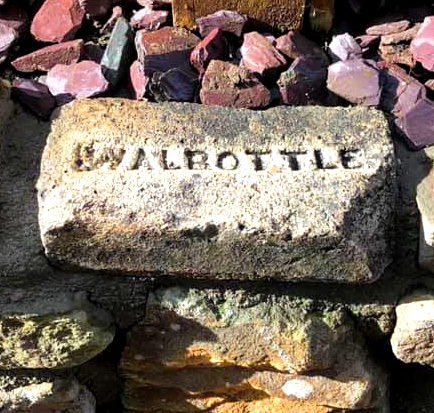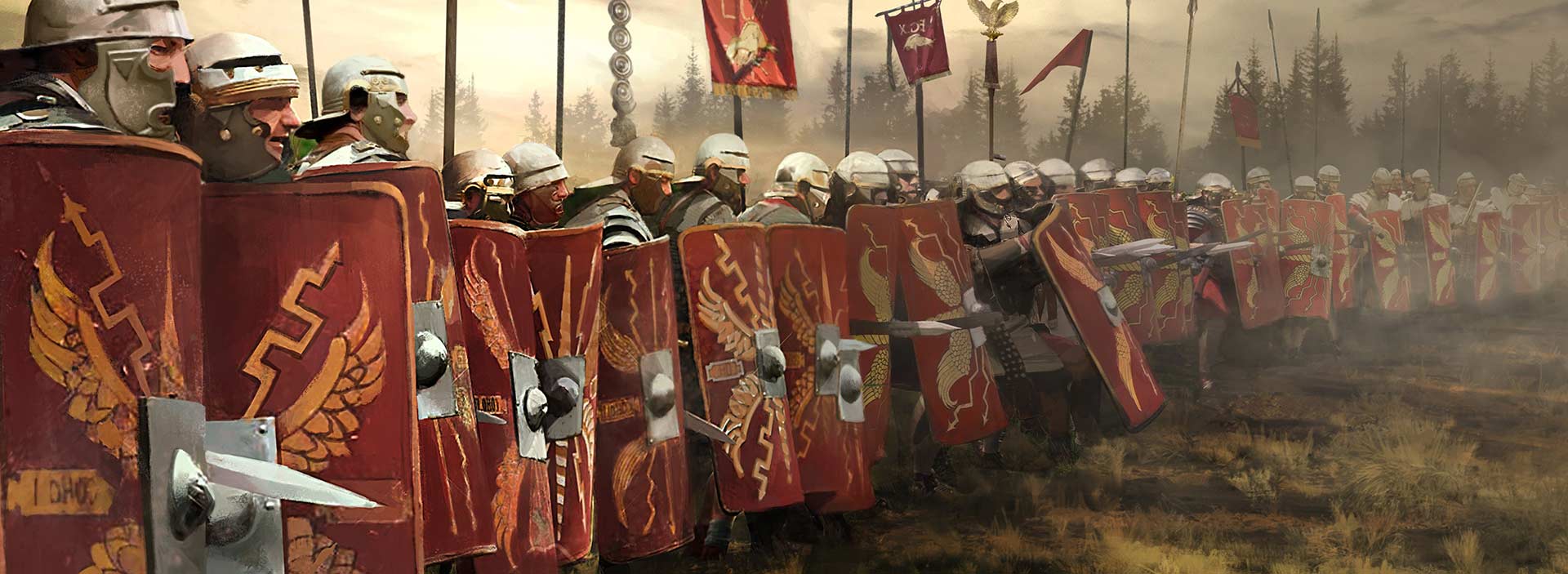
Welcome to the Walbottle Village Tenants and Residents Association History Section. We have only recently started the history group and are still finding our feet but if you would like to join in please contact us using the details on the contact page.
Walbottle is a village in Tyne and Wear. It is about 4 miles to the West of Newcastle upon Tyne and is bisected by the Military road (sometimes called ‘General Wade’s road’) which is built on top of Hadrian’s Wall. The village name, first recorded in 1176 as “Walbotl”, is derived from the Old English botl (building) on Hadrian’s Wall. It is believed that the seat of the Saxon Kings of Northumberland was located here.
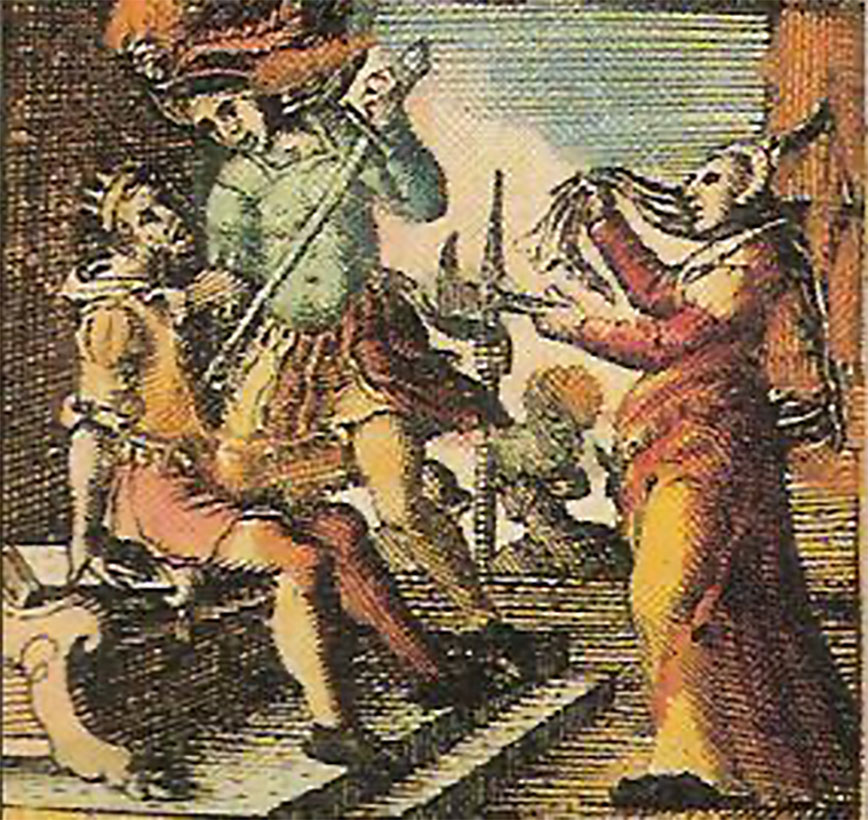
In 653 King Peada of the Midland Angles visited a village in Northumberland called Ad Murum (meaning: At the Wall) to ask for the hand in marriage of Alchfled, the daughter of King Oswy. King Oswy would only grant his daughter’s hand if Peada converted to the Christian faith. Peada agreed and was baptised by Bishop Finan along with all his nobles and Thegns.
Later that same year King Sigebert of the East Saxons (Essex), also known as Sigebert the Little, visited Ad Murum to ‘take the faith’. Bede states that Ad Murum was located alongside Hadrian’s Wall on flat ground, 12 miles from the eastern sea and Dr Smith (editor of Beda) has identified Ad Murum as Walbottle (though other historians have suggested Heddon on the Wall or even Pandon in Newcastle).
Things didn’t turn out well for the newlyweds Peada and Alchfled. Peada was murdered in 656 by the treachery of Alchfled herself. There is a stained glass window to Alchfled in St Wystans church, Repton, Derbyshire. An unusual tribute to a murderer!
Did you Know that in 1724 Sir John Clark visited the area and said that he knew of few places where the “stone Wall and the ditch called Hadrian’s appears more distinctly than between the village of Wallbottle and a deep gell to the west of it”.
So what happened to Hadrian’s Wall at Walbottle? The road which bisects the village known as Hexham Road or the Military Road (or sometimes General Wade’s road) was commissioned by Parliament following the failure of General Wade to lift the siege of Carlisle during the Jacobite rebellion of 1745 due in no small part to the poor road between Newcastle and Carlisle.
The surveyors who planned the route of the new road followed the line of Hadrian’s Wall for the first 30 miles as there was a ready supply of raw materials (the Wall) and building the road on top of the wall foundations would reduce compensation to landowners to a minimum. The Wall was demolished to provide hard core for the road and is the biggest single act of destruction in the Wall’s history. Even at the time it was controversial. The antiquarian William Stukeley petitioned the Princess of Wales expressing his concern “at the havoc now making of this noble antiquity by the surveyors of the new road who pull the cut stone of the wall and beat them into pieces” regrettably to no avail. In fact the decision to repurpose one military structure for another was considered by many a stroke of genius.
So what did happen to the Wall at Walbottle? It’s under Hexham road!
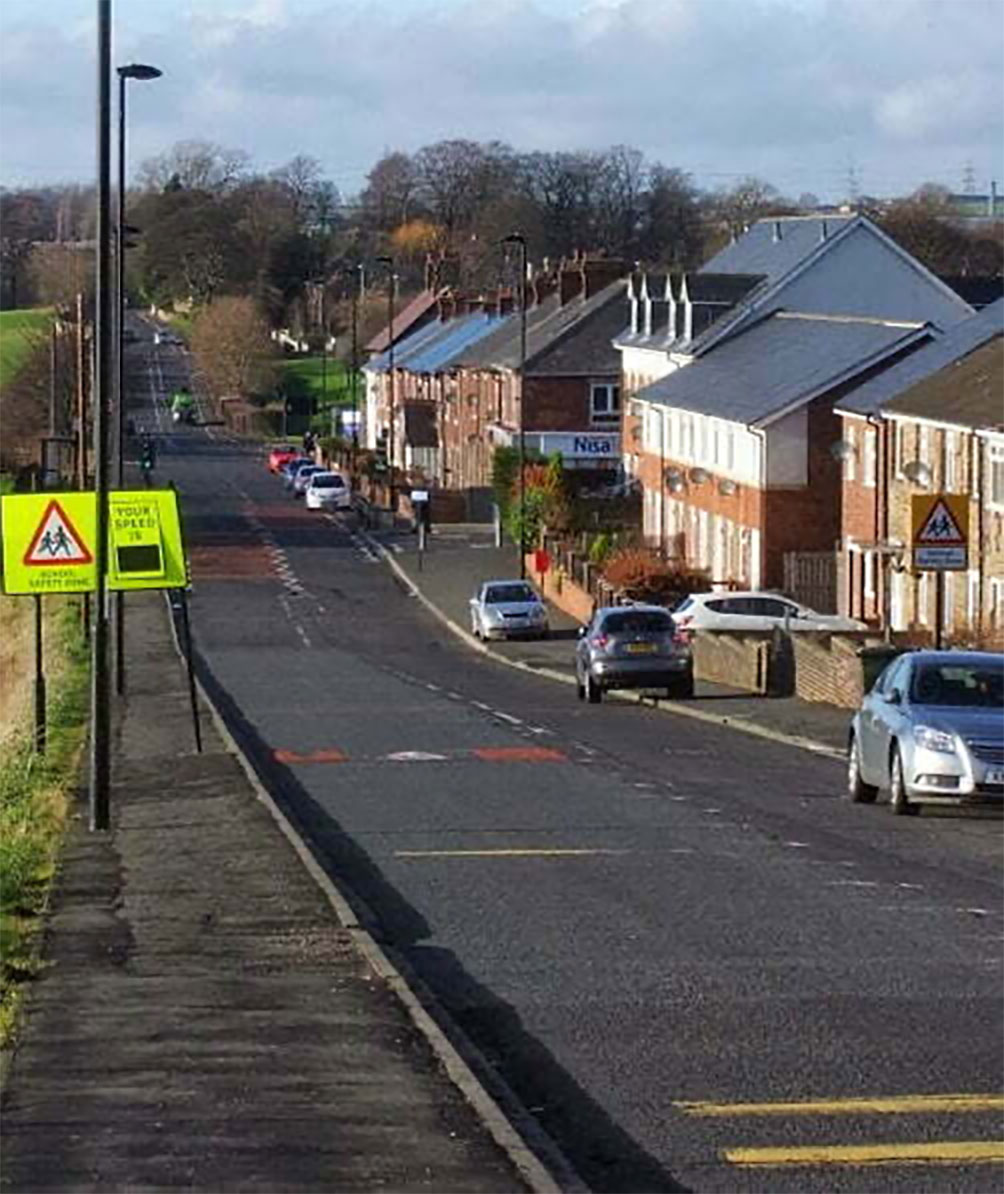
in 1879 a workman digging under Hexham road during construction of the water storage tanks and filter beds in west Throckley found an earthenware pot filled with Roman coins.
The pot had been buried by a Roman Soldier alongside Hadrian’s wall probably no later than 274AD. The contents of the pot numbered over 5000 radiate (silvered-bronze or “billion”) coins and may have had a value of half a year’s salary. Why the soldier didn’t return is a mystery but at the time the Roman empire was in turmoil with several local governors vying for the position of Emperor. The hoard may have belonged to a soldier in the army of Tetricus 1 that was defeated by Aurelian at Chalons-Sur-Marne in 274AD.
But what happened to the Walbottle Hoard? The workman attempted to sell the coins privately but when word reached John Clayton he purchased the pot and remaining coins. Over the years the coins have been sold but the Clayton Collection trustees saved 1977 coins which are now in Chesters museum while 932 coins are in the safe keeping of the Society of Antiquaries of Newcastle Upon Tyne (SANT).
It is interesting to speculate what else is waiting to be discovered under Hexham Road!
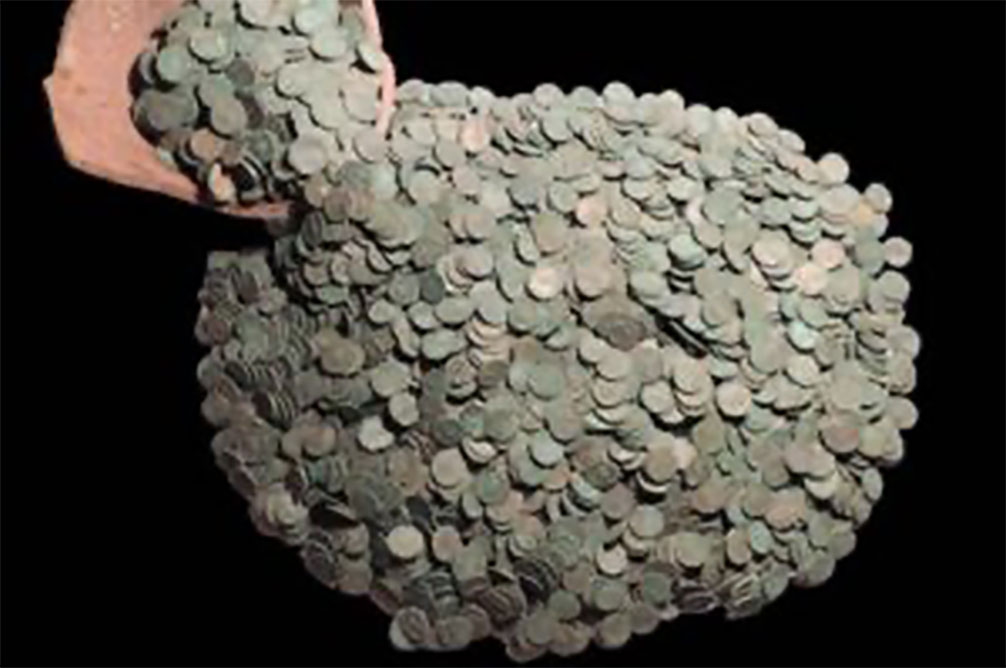
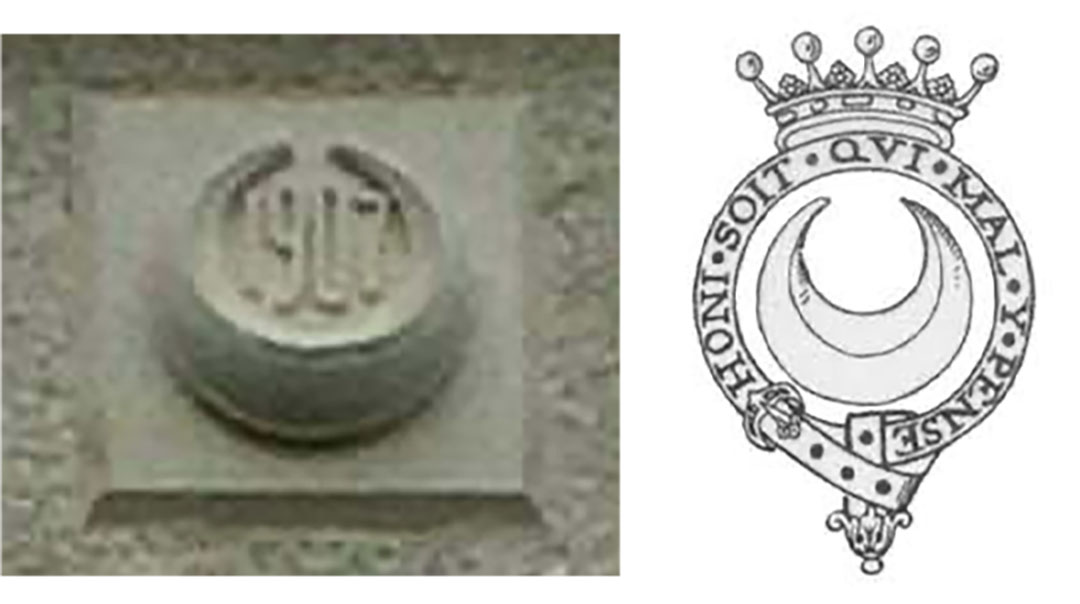
Did you know that Walbottle Primary school has an unusual symbol on the wall? The symbol is in the shape of a crescent moon, the family crest of the Duke of Northumberland.
Walbottle village was owned by the Duke of Northumberland until 1958 and the Primary School was commissioned by Henry George Percy the 7th Duke of Northumberland in 1907/8. Prior to the new school being built the primitive Wesleyan chapel (now demolished) and Village Institute were used as schoolhouses.
The crescent moon symbol on the Percy family crest may originate from William de Percy who came to Britain in 1067 just after the Norman conquest. He took part in the first crusade but died within sight of Jerusalem in 1096. His body was buried at Antioch but his heart was returned to Britain and interred in Whitby Abbey where his son (also William de Percy) was abbot.
The crusaders brought back the crescent moon icon (the badge of Islam) and incorporated it in the language of heraldry having the meaning enlightened and honoured or hope of greater glory. So quite an apt symbol to place on a school.
Walbottle Primary School is not the only building in the village with a crescent moon symbol. Look around the village green and you may see other buildings with a similar image.
In the 1750’s a Scotsman by the name of William Pettigrew came to Walbottle looking for work and got a job as a coal waggon driver in Walbottle colliery.
Unfortunately he couldn’t find anywhere to live so he built his own house from sods of earth and brushwood in Walbottle and Throckley Dene not far from the Military road (Hexham road). Four stakes were driven into the ground and a couple of planks served as a table while old coal buckets or ‘corves’ filled with straw formed a bed.
He married and raised children in this humble abode but when word got out that there was a family living in the Dene people flocked to see him naming him ‘Willie of the Woods’. In fact he became such a celebrity that the number of visitors became troublesome but being an enterprising sort of chap he bought cheese, ale and bread which he sold to the visitors at a profit. In this way he was able to provide a better standard of living than would have been possible on a mere waggon driver’s wage.
From humble beginnings two of his children did quite well. One became a lieutenant in the army while another acquired some celebrity as a Methodist preacher!
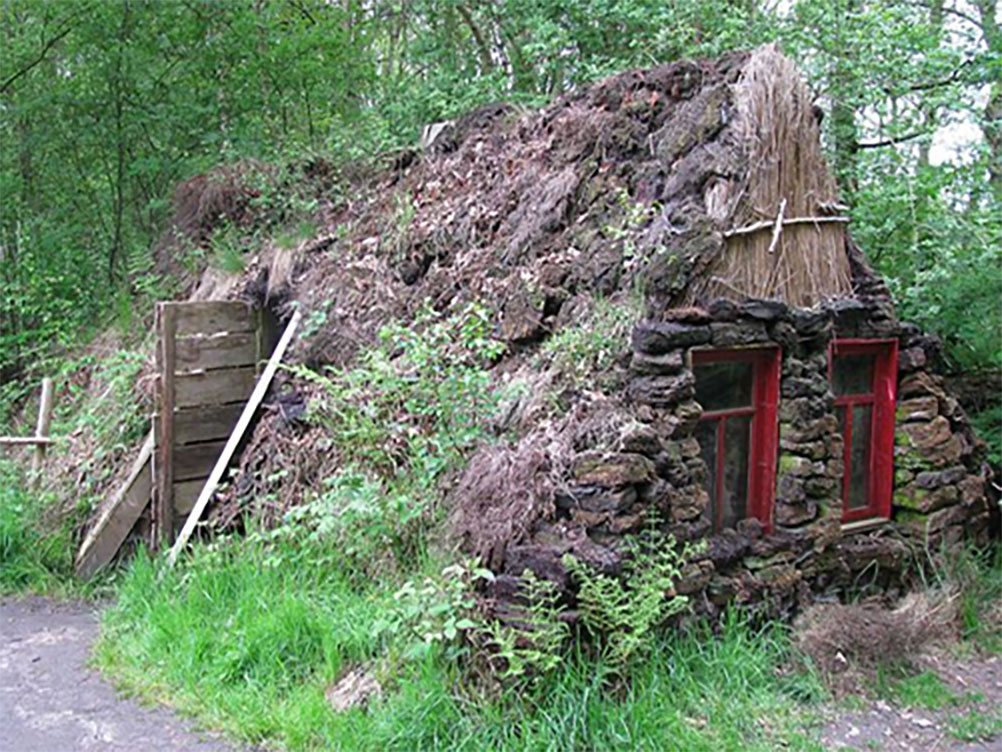
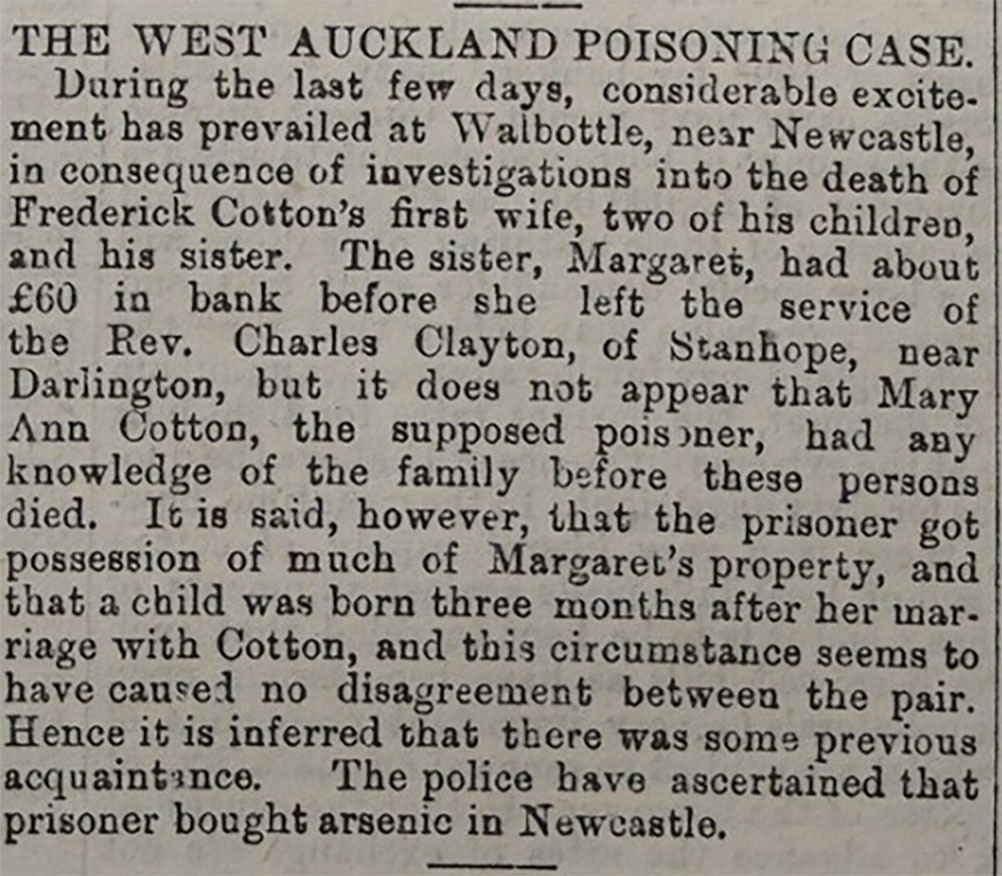
The press article reads:
THE WEST AUCKLAND POISONING CASE
During the last few days, considerable excitement has prevailed at Walbottle, near Newcastle, in consequences of investigations into the death of Frederick Cotton’s first wife, two of his children, and his sister.
The sister, Margaret, had about £60 in bank before she left the service of the Rev. Charles Clayton, of Stanhope, near Darlington, but it does not appear that Mary Ann Cotton, the supposed poisoner, had any knowledge of the family before these persons died. It is said, however, that the prisoner gt possession of much of Margaret’s property, and that a child was born three months after her marriage with Cotton, and this circumstance seems to have caused no disagreement between the pair. hence it is inferred that there was some previous acquaintance. The police have ascertained that prisoner bought arsenic in Newcastle.
